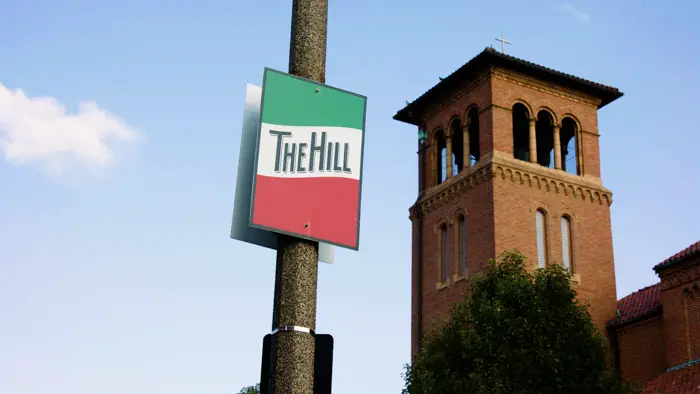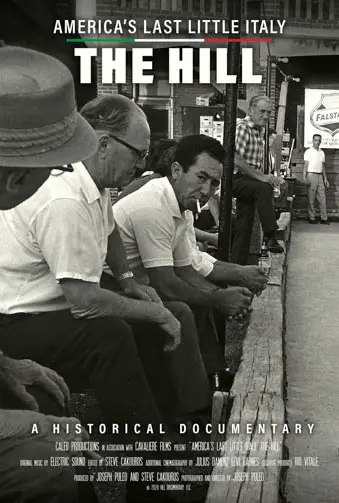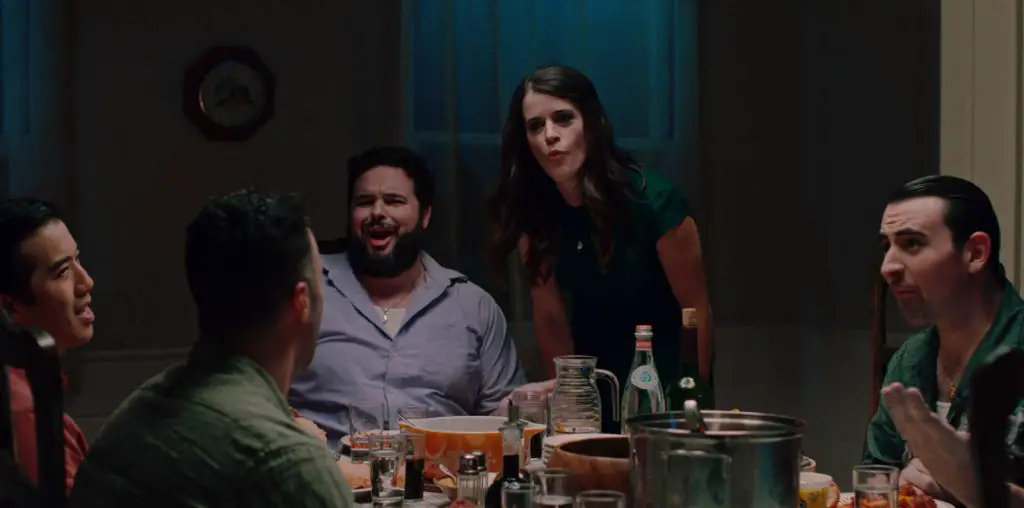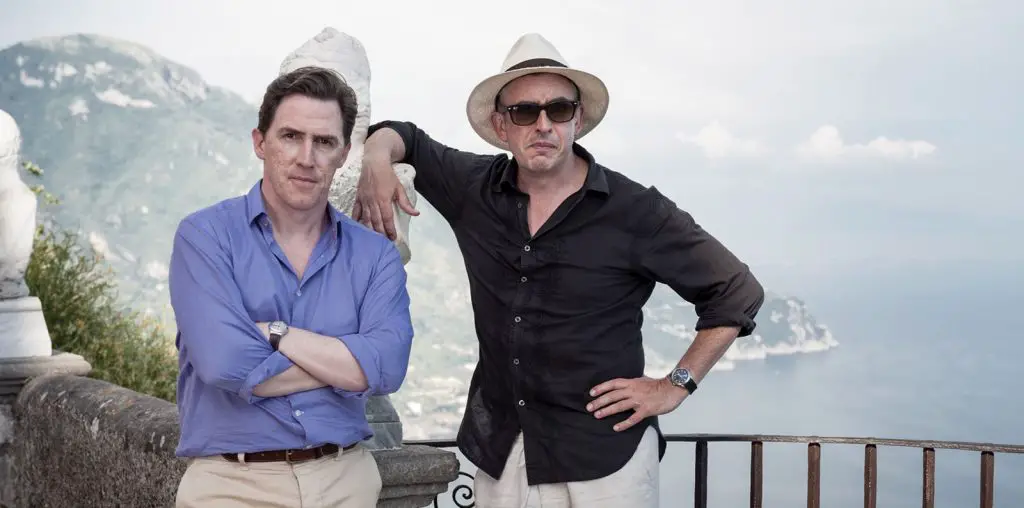
Being a long-time resident of New York City, I have to say that the title of America’s Last Little Italy: The Hill is quite audacious. I’m pretty sure several people have lived on Mullberry or Mott Street for longer than we’ve all been alive who would have some colorful commentary about it, but that’s beside the point. The Hill is St. Louis’ version of Little Italy that has been a flourishing community ever since the 1800s, and writer/director Joseph Puleo’s documentary chronicles the rich history of this Italian-American enclave of St. Louis, Missouri, via interviews with historians and, more importantly, the residents of the community.
We are taken from Prohibition to WWII to Woodstock and more, all while learning how the ripple effects of larger change throughout the world affected this particular neighborhood. I was particularly entertained to hear about pipes that were crafted to send moonshine from one hidden basement to another, sometimes ending in disaster. It was also fascinating to think about the fact that in WWII, so many Italian-Americans were volunteering to go to war and fight against other Italians. We’re also reminded that it was one of the most liberal presidents to have ever held the office, Franklin Delano Roosevelt, who was responsible for the internment of Japanese-Americans during the war and was on the verge of doing the same thing to Italian-Americans.

“…chronicles the rich history of this Italian-American enclave of St. Louis, Missouri…“
America’s Last Little Italy: The Hill really seems to be a champion of Monsignor Salvatore Polizzi. He was the priest at St. Ambrose in The Hill neighborhood. He helped first-time homeowners get loans for houses so that none of the homes on The Hill would end up vacant during a time where there was a lot of suburban migration. He also went to the federal government under Richard Nixon’s presidency to get an overpass built over a highway that was going to separate the neighborhood and be disastrous for its residents. He was a great champion for The Hill and helped it survive into the 21st century as a generations-long Italian-American stronghold.
So, again, I think that America’s Last Little Italy: The Hill makes a good case for The Hill in St. Louis, but I’m not sure if I agree it’s the “last little Italy.” There are some points made that many of the people who did live in New York’s Little Italy “sold out and moved to New Jersey,” which may be some fighting words for the real-life Tony Sopranos out there. However, it doesn’t matter if it’s the last anything, it’s a neighborhood that has gone mostly unchanged for many generations, and there is certainly something to be said for that.
It’s also a place I really want to visit now because there are apparently many great Italian restaurants there. I know that’s not the point, don’t worry. We need to admire the community members’ resilience and dedication and put that into practice in our own neighborhoods and friend-groups. We’d all be better off for it, I believe.

"…a neighborhood that has gone mostly unchanged for many generations..."


